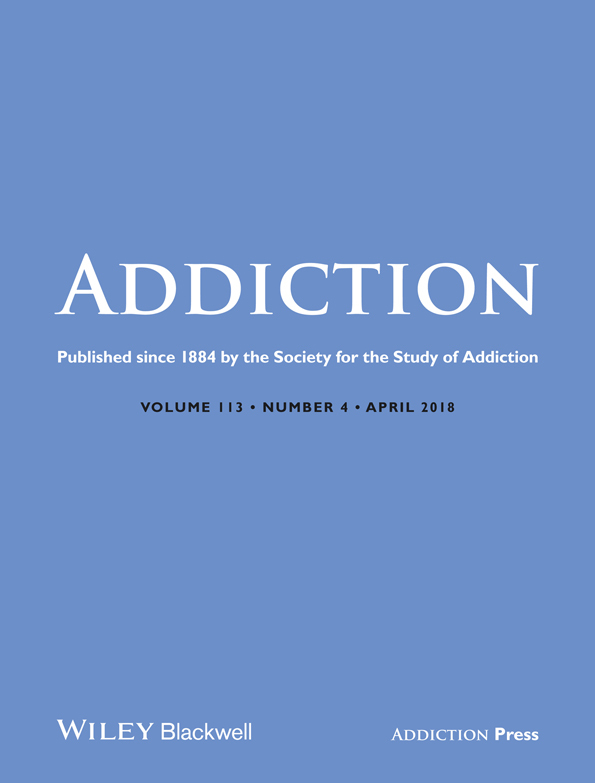Commentary on Egerton-Warburton et al. (2018): Alcohol-related injury in the emergency department and the alcohol attributable fraction
Not all alcohol-related presentations to the emergency department (ED) are 100% attributable to alcohol. The alcohol-attributable fraction (AAF) of injury depends upon the risk of injury from drinking, and must be taken into account in determining the burden to the ED of alcohol-related harm.
The paper by Egerton-Warburton et al. 1 reports prevalence data from eight emergency departments (EDs) in Australia and New Zealand on the proportion of patients who were considered to be ‘alcohol-positive’ at the time of the ED visit, using the classifications of alcohol intoxication, medical conditions, injuries and injuries caused by an alcohol-affected third party. Nearly one in 10 ED presentations were found to be alcohol-related 1. While it is reasonable to assume that alcohol intoxication and medical conditions which resulted from the harmful use of alcohol (e.g. alcoholic gastritis, alcoholic liver disease) are related entirely to alcohol with respect to alcohol-related injuries, not all are necessarily attributable to alcohol, and the alcohol-attributable fraction (AAF) of these injuries, or the proportion of injuries which would be eliminated in the absence of alcohol, depends upon the risk at which alcohol places the individual for injury, as well as the proportion of the population who are at risk.
One of the criteria for an alcohol-related injury in the Egerton-Warburton et al. paper was the patient's self-report of consuming any alcohol during the 6 hours prior to the injury event, a definition which has been used widely in studies of alcohol and injury based in the ED 2. Risk of injury from drinking prior to the event, on which the AAF is based, has been found to vary according to a number of factors, including the amount of alcohol consumed prior to injury. As little as one drink consumed 6 hours before injury would probably have little effect on injury occurrence, while larger amounts consumed closer to the time of injury would have a greater impact and, indeed, a dose–response relationship has been found between drinking and the risk of injury 3. A study which included 37 EDs in 18 countries, all using the same instrumentation and protocols, found relative risk (RR) of injury varied from 2.7 for one drink during the 6 hours prior to injury to 21.4 for 20–30 drinks during the same time-period. Using these RR estimates to calculate the AAF of injury for these same 18 countries, while 20% reported drinking in the 6-hour period, AAF was 16.4% 4, being highest for those consuming two to six drinks prior to injury and lowest for those consuming at higher volume levels, where RR was higher but the proportion of individuals lower who were drinking at those levels. AAF varied by cause of injury, ranging from 11% for motor vehicle crash injuries to 40% for injuries related to violence, and this variation by cause has also been found elsewhere 5.
The Edgerton-Warburton et al. paper, importantly, included injuries caused by the drinking of a third party which has, until recently, been essentially ignored in estimating the total burden of alcohol-related harm, but found to contribute considerably to the AAF of injury. A 14-country ED study of violence-related injuries found that 62% involved alcohol use as defined by the victims believing the event would not have happened if they had not been drinking and/or believing the perpetrators had definitely been drinking. AAF increased from 24% when only the victim was considered to 39% when the victim, along with the perpetrator, were considered together—a 62% increase in AAF 6.
The AAF of injury is calculated as a function of both the proportion of the population reporting drinking prior to injury and the ratio of the injury rate among those who reported drinking to the injury rate among those who did not report drinking (the relative risk); data which were not available in the Egerton-Warburton et al. paper. If the AAF of injuries had been taken into account, the estimate of the total burden of alcohol-related harm reported by Edgerton-Warburton et al. 1 would probably have been reduced. Nevertheless, alcohol is a leading risk factor in the global burden of disease, with 33% of the alcohol-related disease burden caused by injuries 7, 8, not including those caused from drinking by a third party. Many of these patients come to the attention of ED personnel, underscoring the importance of the breadth of the inclusion criteria as ‘alcohol positive’ in the Egerton-Warburton et al. paper.
Declaration of interests
None.
Acknowledgement
This paper was supported by a grant from the US National Institute on Alcohol Abuse and Alcoholism (NIAAA) (01 3 AA013750).




